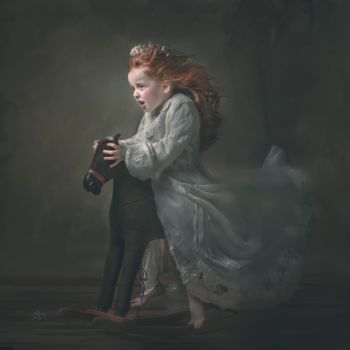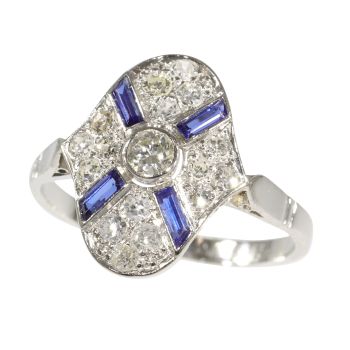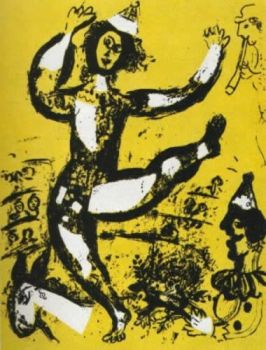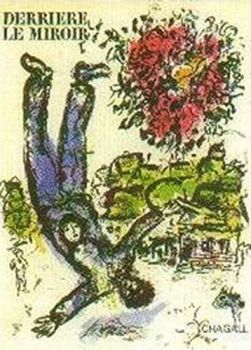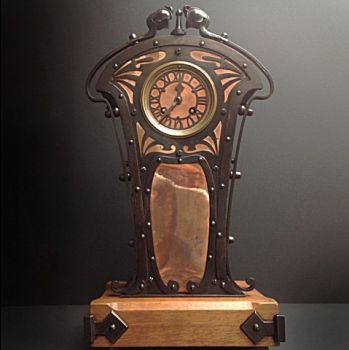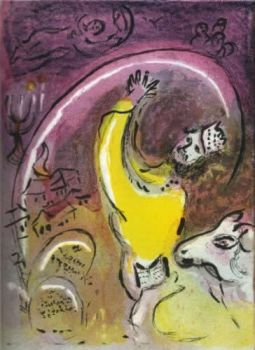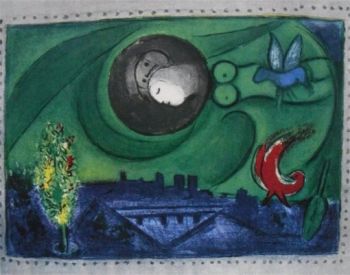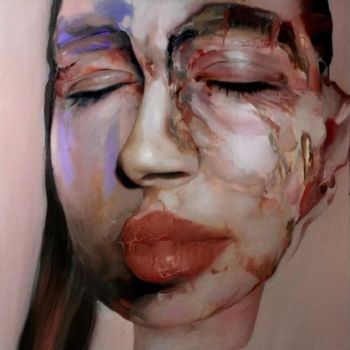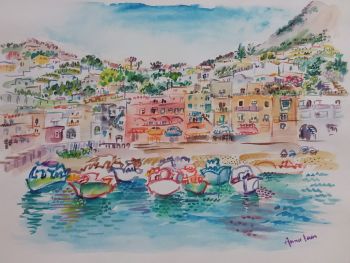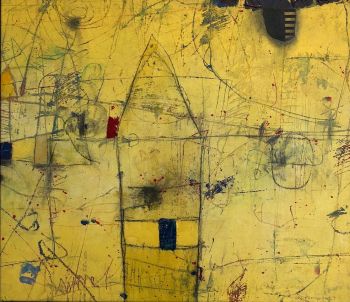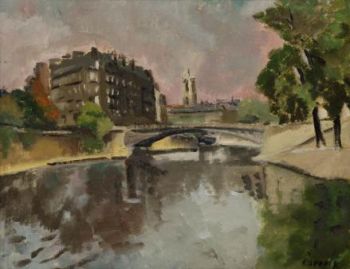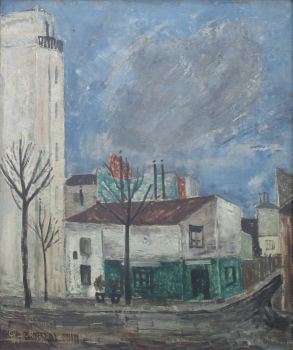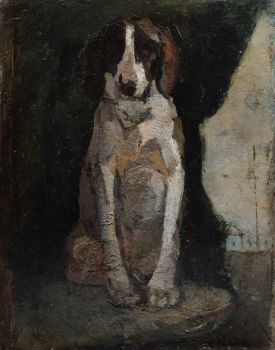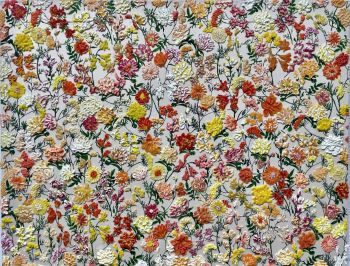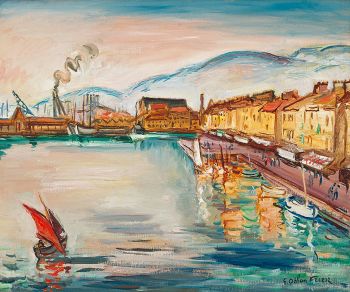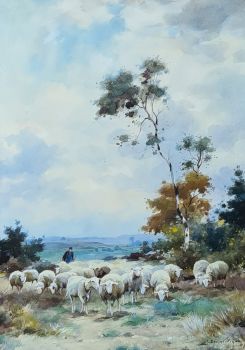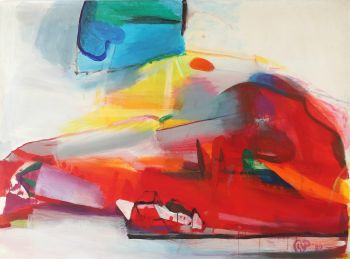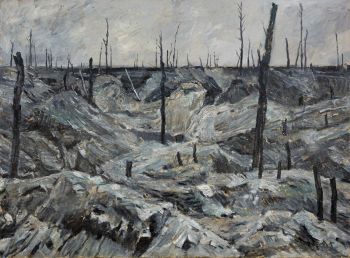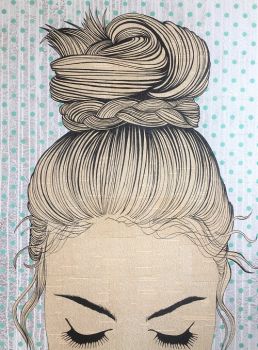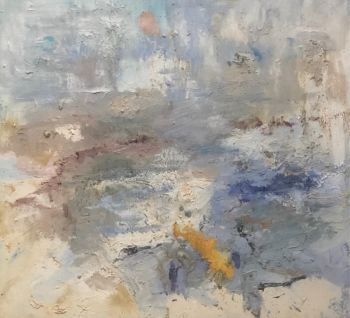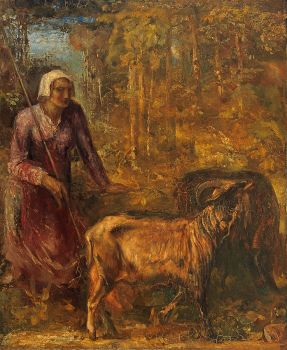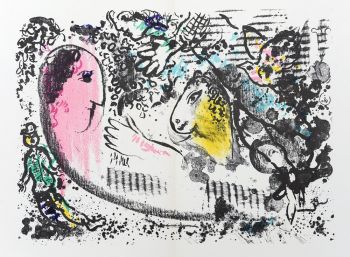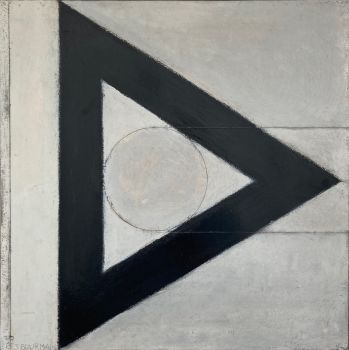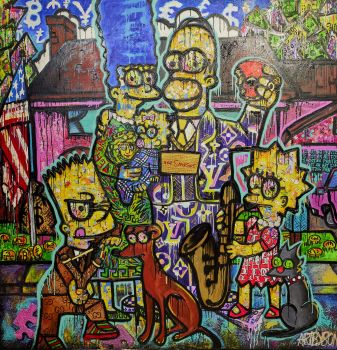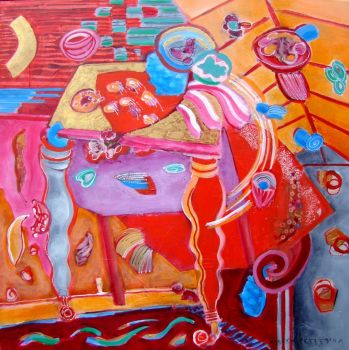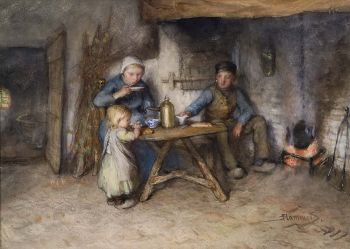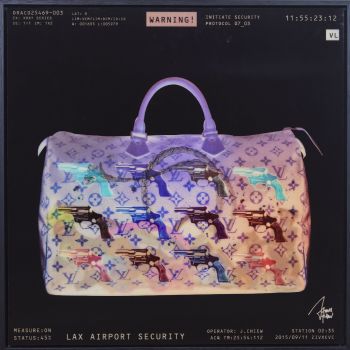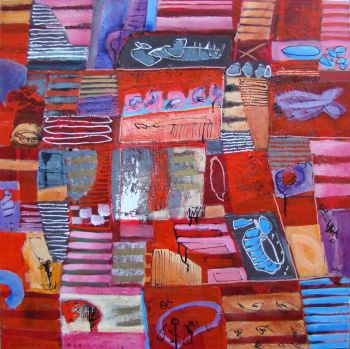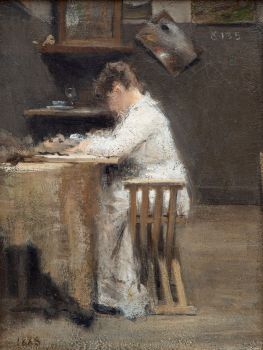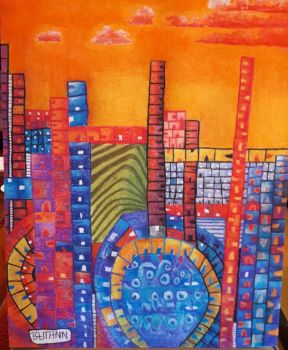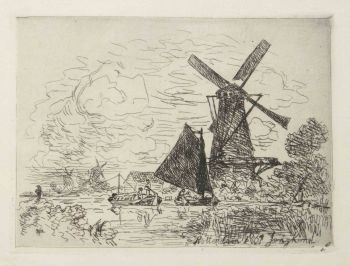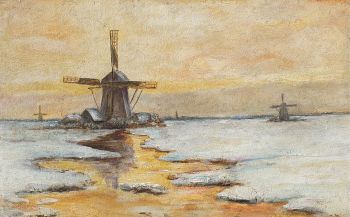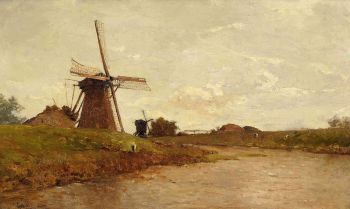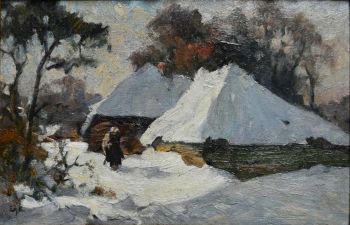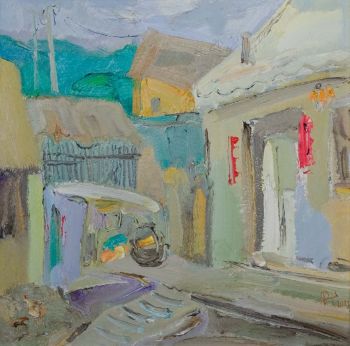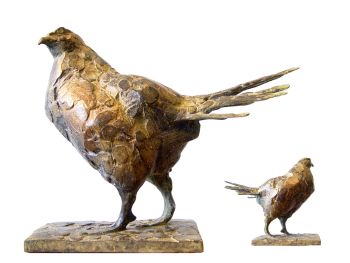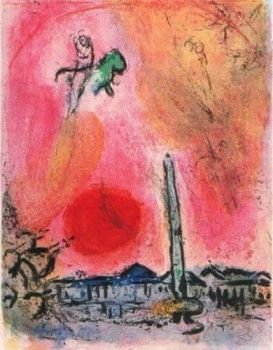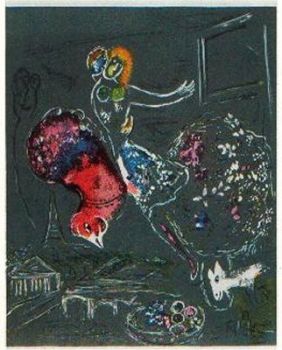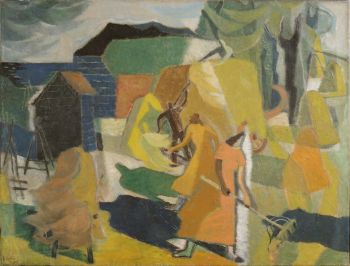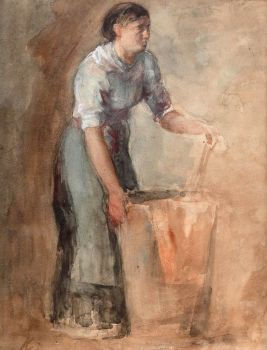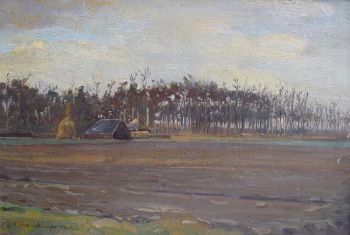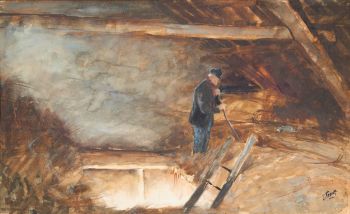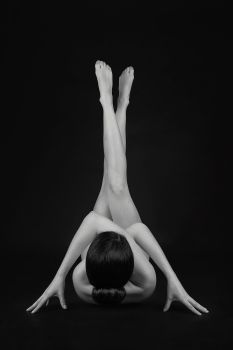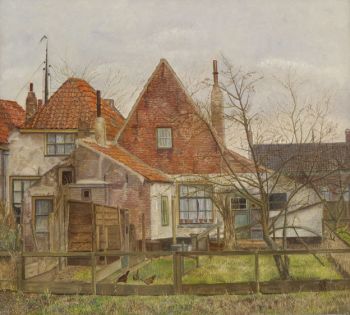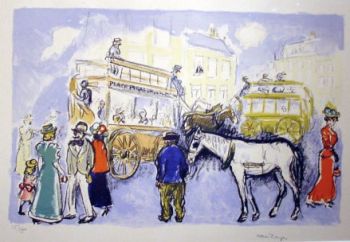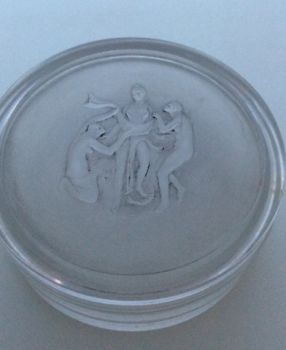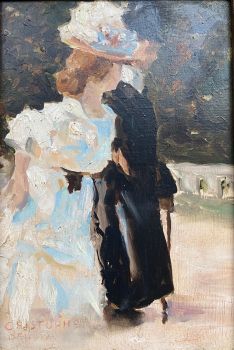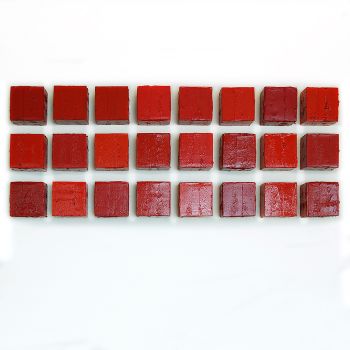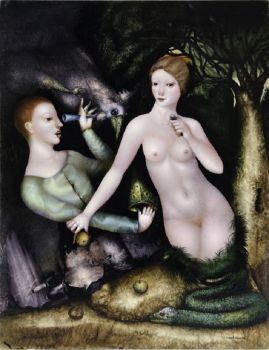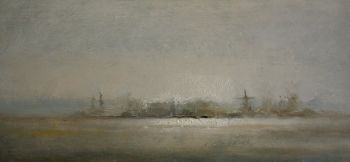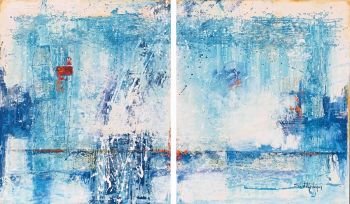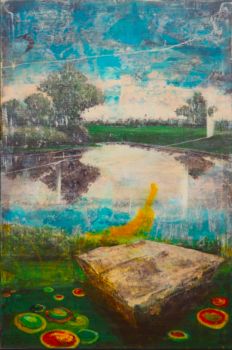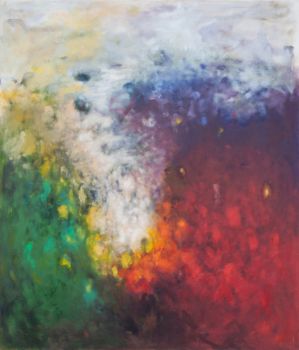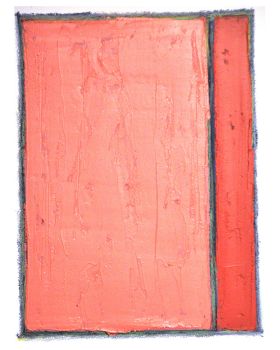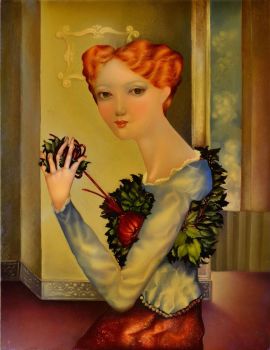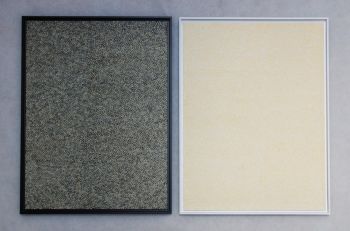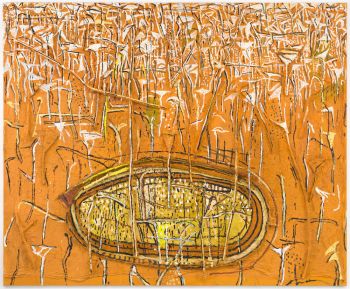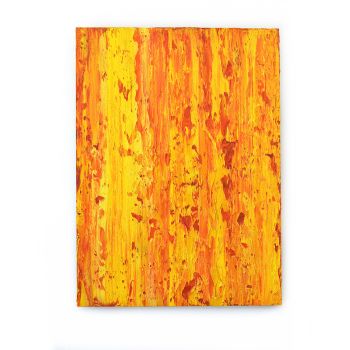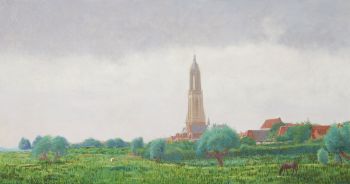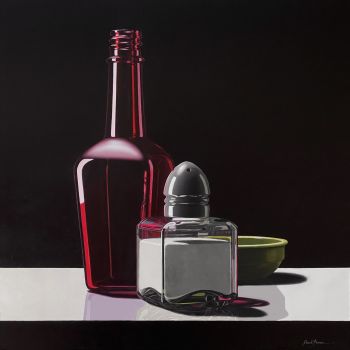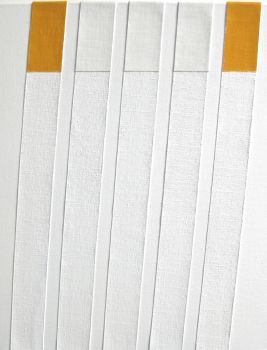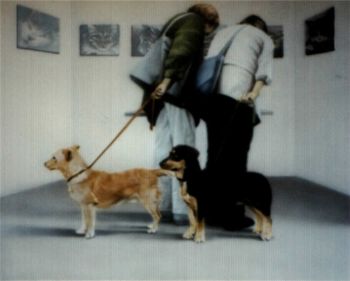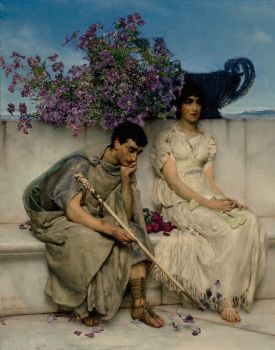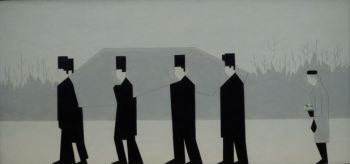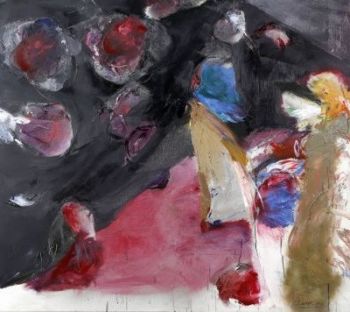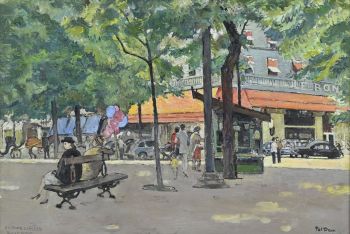Le Moulin de la Galette 1921
Jean Dufy
CanvasOlieverfVerf
50 ⨯ 61 cm
Momenteel niet beschikbaar via Gallerease
- Over kunstwerkJean Dufy 1888-1964)
Jean Dufy was a French painter of Parisian society, country scenes, circuses, horse races, stages, and orchestras. He was born in Le Havre, on March 12, 1888 into a large family. His older brother was the well-known painter Raoul Dufy, who became a mentor throughout Jean’s career. Jean Dufy had received formal education at the École Primaire Supérieure du Havre. In 1920 Dufy settled in the artist quarter Montmartre, next door to Georges Braque. Braque, a friend of his brother Raoul Dufy, encouraged him to experiment with the Cubist style. Another of Raoul's friends, Othon Friesz, exposed him to the Fauve movement. He also spent time there with Picasso, Apollinaire, and Derain, among others. After settling in Montmartre, Dufy participated in many exhibitions which reflected the music and art of Parisian culture after the war. Dufy created colorful paintings of circuses and clowns, as well as Parisian street scenes including horse-drawn carriages, the gates of Paris, the Eiffel Tower, and the bridges of the Seine.
Provenance: Collections: Max Bodner, New York NY, US; Edith T. and Samuel E. Gilbert, Philadelphie PA, US; Dutch private collection
Literature: Jean Dufy Catalogue raisonné de l’oeuvre Volume II - Jacques Bailly – page 220 Paris – Montmartre No B.1101 - Over kunstenaar
Jean Dufy (Le Havre, 1888 - Boussay, 1964) was een Franse schilder van de Parijse maatschappij, plattelandstaferelen, circussen, paardenrennen, podia en orkesten. Dufy werd in 1888 in Le Havre geboren. Zijn oudere broer Raoul was tien jaar ouder dan Jean en toen Jean in Le Havre's École des Beaux-Arts in opleiding was, was Raoul al een bekende kunstenaar die in Parijs werkte. Jean volgde zijn broer naar de hoofdstad in 1912, waar Raoul hem onder zijn hoede nam en hem introduceerde in zijn kring van postimpressionistische vrienden, waaronder Derain, Braque en Picasso.
In 1914 werd zijn eerste tentoonstelling georganiseerd, maar pas na de Eerste Wereldoorlog, toen hij in Montmartre woonde, kwam de karakteristieke levendigheid van zijn palet en penseelstreek naar voren met zijn iconische uitbeeldingen van musici en orkesten als Musical Fantasia (1927), en zijn latere Parijse stadsgezichten als Rue Royale (ca. 1950) en Ile de la Cité (ca. 1953-55). Zijn porseleinen ontwerp, Chateaux de France, won een gouden medaille op de Internationale Tentoonstelling van Decoratieve Kunsten in 1925. Dufy zou tot het einde van zijn leven terugkeren naar zijn geboorteland Normandië en periodes in Zuid-Frankrijk doorbrengen. Als jongeman had hij aan boord van de trans-Atlantische lijnboot La Savoie gediend als secretaresse en zijn afbeeldingen van de zee en de havens in werken als Terrasse Fleurie a Villefranche-sur-Mer (1926) behoren tot zijn beste werk.
Artwork details
Related artworks
Onbekende Kunstenaar
Vroege Art Deco broche1920
Prijs op aanvraagAns Hemke-Kuilboer Juwelier & Antiquair
Marc Chagall
Mère et L'Enfant à La Tour Eiffel, 195420th century
Prijs op aanvraagArthouse Marc Chagall
1 - 4 / 24Adrianus Johannes Groenewegen
Schaapsherder met kudde1874 - 1963
Prijs op aanvraagGalerie Het Noorderlicht
Bernardus Johannes Blommers
VADER EN MOEDER MET KIND AAN TAFEL1845 - 1914
Prijs op aanvraagStudio 2000 Art Gallery
1 - 4 / 24Tjitske Geertruida Maria van Hettinga Tromp
ACHTER HET HUIS1872 - 1962
Prijs op aanvraagGalerie Het Noorderlicht
1 - 4 / 24- 1 - 4 / 24






